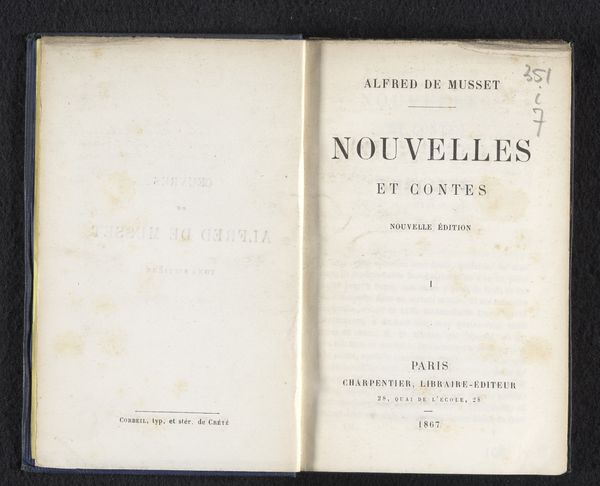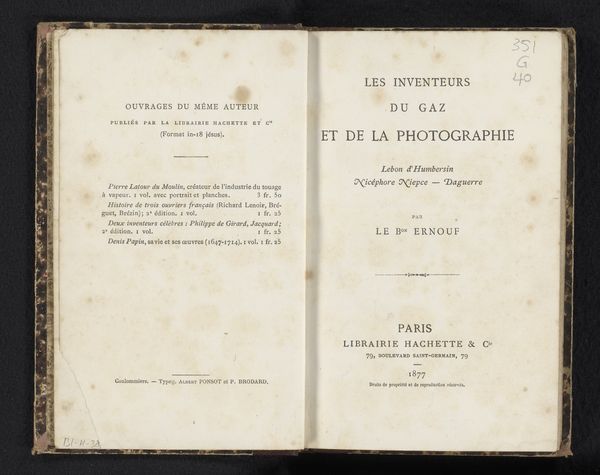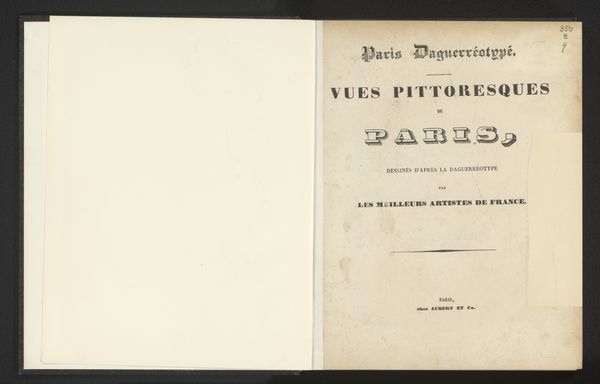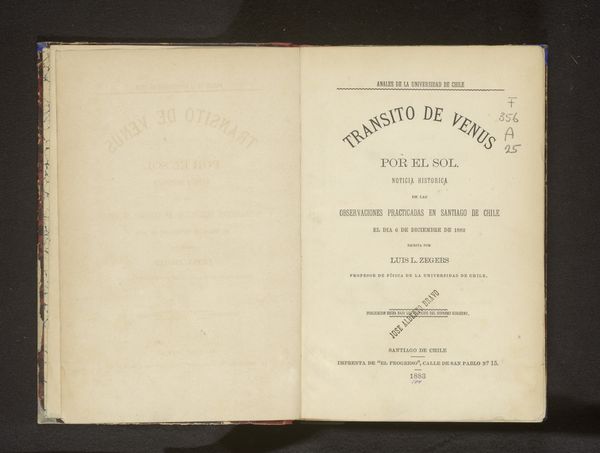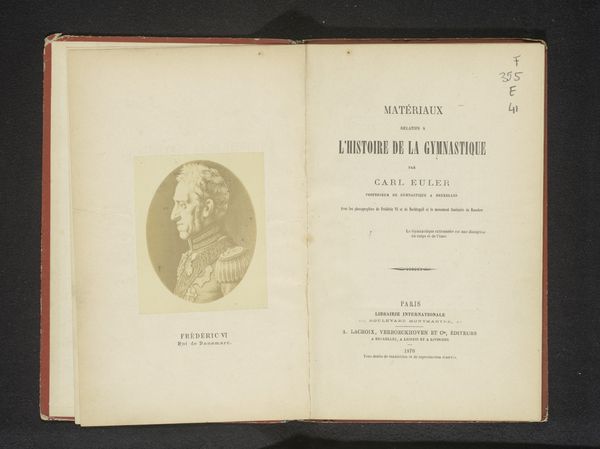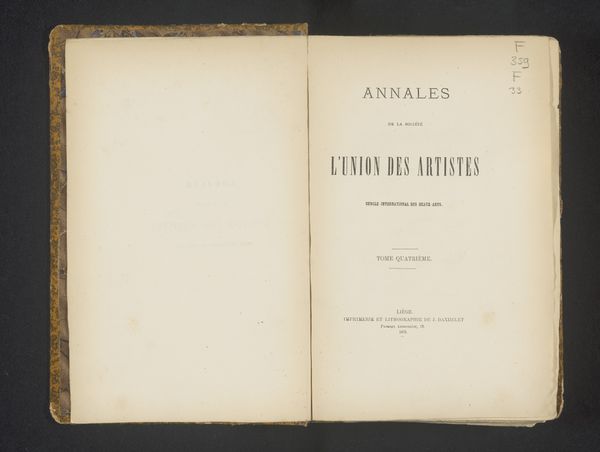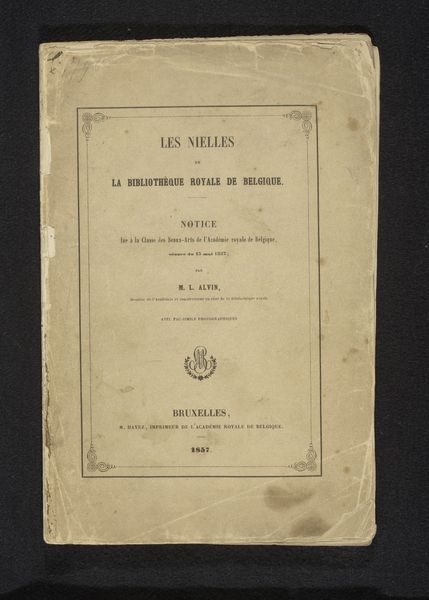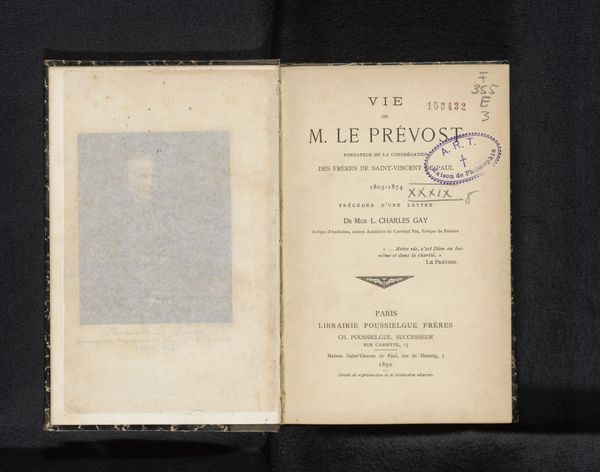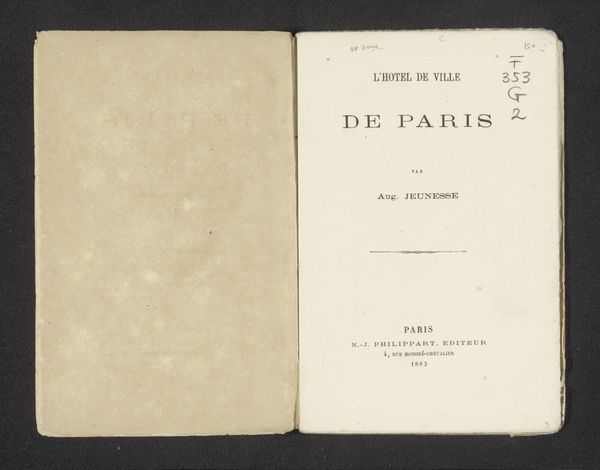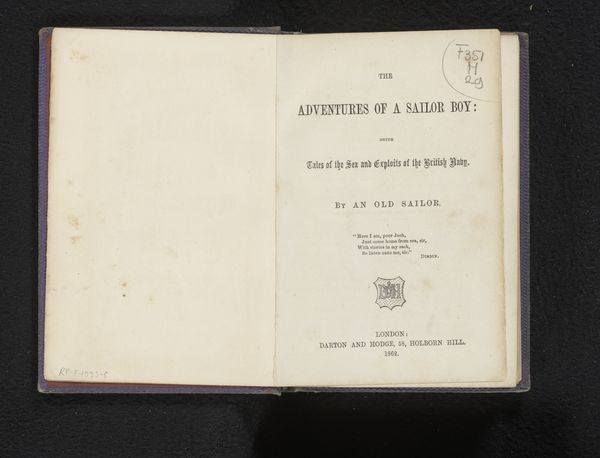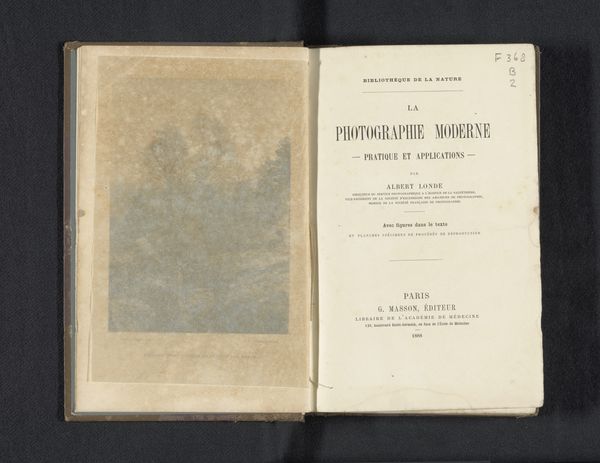
print, paper, photography
#
portrait
# print
#
book
#
paper
#
photography
#
genre-painting
#
history-painting
Dimensions: height 181 mm, width 115 mm, thickness 31 mm
Copyright: Rijks Museum: Open Domain
Editor: So, here we have "Journaux et Journalistes" from 1866 by Alfred Sirven. It appears to be an open book, showing a page of text alongside a page of photographic portraits. There's something immediately striking about the formal poses of the men depicted. How do you interpret this work? Curator: This work, especially given its date, serves as a potent reminder of the power structures inherent in the press. Who gets to be a journalist, whose voices are amplified? The portraits, arranged almost like a gallery of honor, visually reinforce a sense of exclusivity, wouldn't you agree? Consider, for instance, the limited representation—where are the women? Where are the people of color? Editor: Absolutely, that's immediately obvious. The uniformity in their appearance is hard to ignore, it speaks volumes about who held positions of power. It’s almost a deliberate visual statement about the limited perspectives shaping public opinion. Curator: Precisely! It encourages us to investigate the very concept of "objectivity" within journalism. Is true objectivity even achievable when the field itself is dominated by such a homogenous group? Furthermore, consider the title: "Newspapers and Journalists." Is it simply a factual document, or does it function as an endorsement of a particular class of journalist? Think about who this book was marketed to at the time, and the assumptions it made about its readership. Editor: I hadn’t considered the implied readership, but that framing is so important. The book isn't just presenting information; it's actively shaping a narrative about who "belongs" in journalism. Curator: Exactly. By understanding the social context, we can recognize that it's more than just a historical artifact. It's a tool for understanding the historical underpinnings of contemporary media biases. Editor: I definitely see it now. It’s fascinating to consider how visual choices reinforce systemic inequalities and influence our understanding of journalistic authority. Curator: Indeed. This is what the dialogue between historical context and critical theory helps to reveal!
Comments
No comments
Be the first to comment and join the conversation on the ultimate creative platform.
